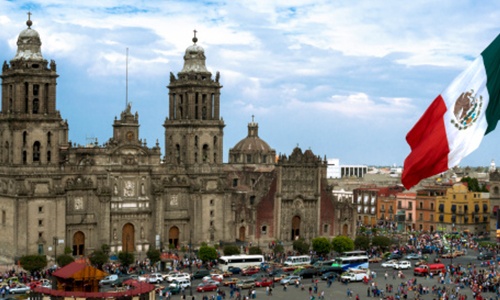Accountancy
Every business, whether they are a huge multinational or a small enterprise, needs an accountant. Generally accountants offer financial advice to clients by managing cash flow and monitoring profit and loss, but this is increasingly joined by the supply of financial information that could influence the strategic development of organizations. The Accountancy sector is modern and fast-moving. It uses the latest technology and attracts some of the most motivated and intelligent graduates from a wide variety of degree backgrounds. Globally, the accountancy sector is dominated by the “Big Four” accountancy firms – PriceWaterhouseCoopers, Ernst & Young, KPMG and Deloitte & Touche – and their thirst for new talent is a year-round strategy. Nearly 10 percent of all graduates choose a career in accountancy, and a vast majority of them go into audit departments within the Big Four. The global accountancy market has grown by 3.4% to reach a value of $364.3 billion. The global accountancy market is forecast to have a value of $487.6 billion, an increase of 33.9%. The global accountancy market has total revenues of $396.0bn, representing a compound annual growth rate (CAGR) of 2.7%.
















